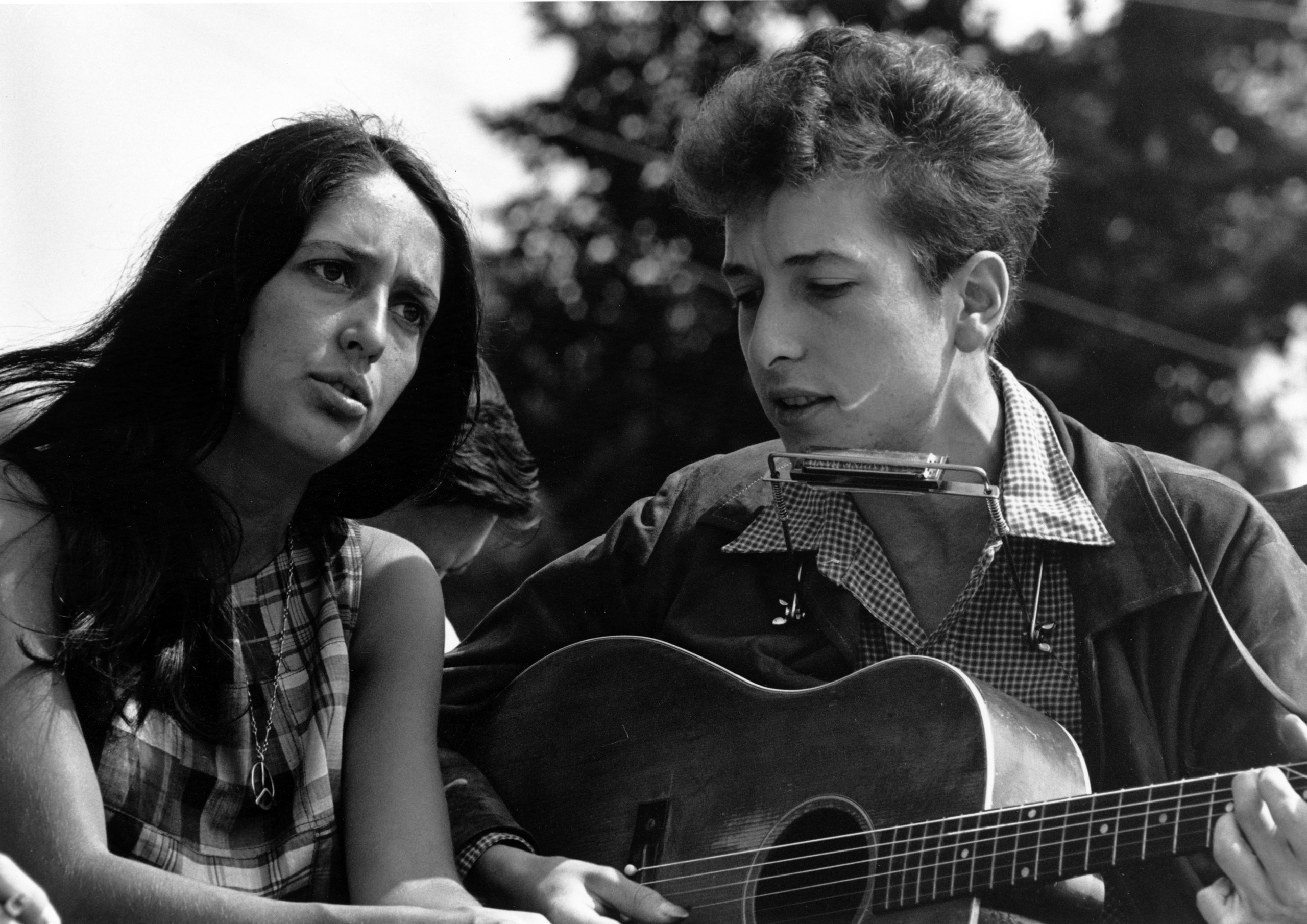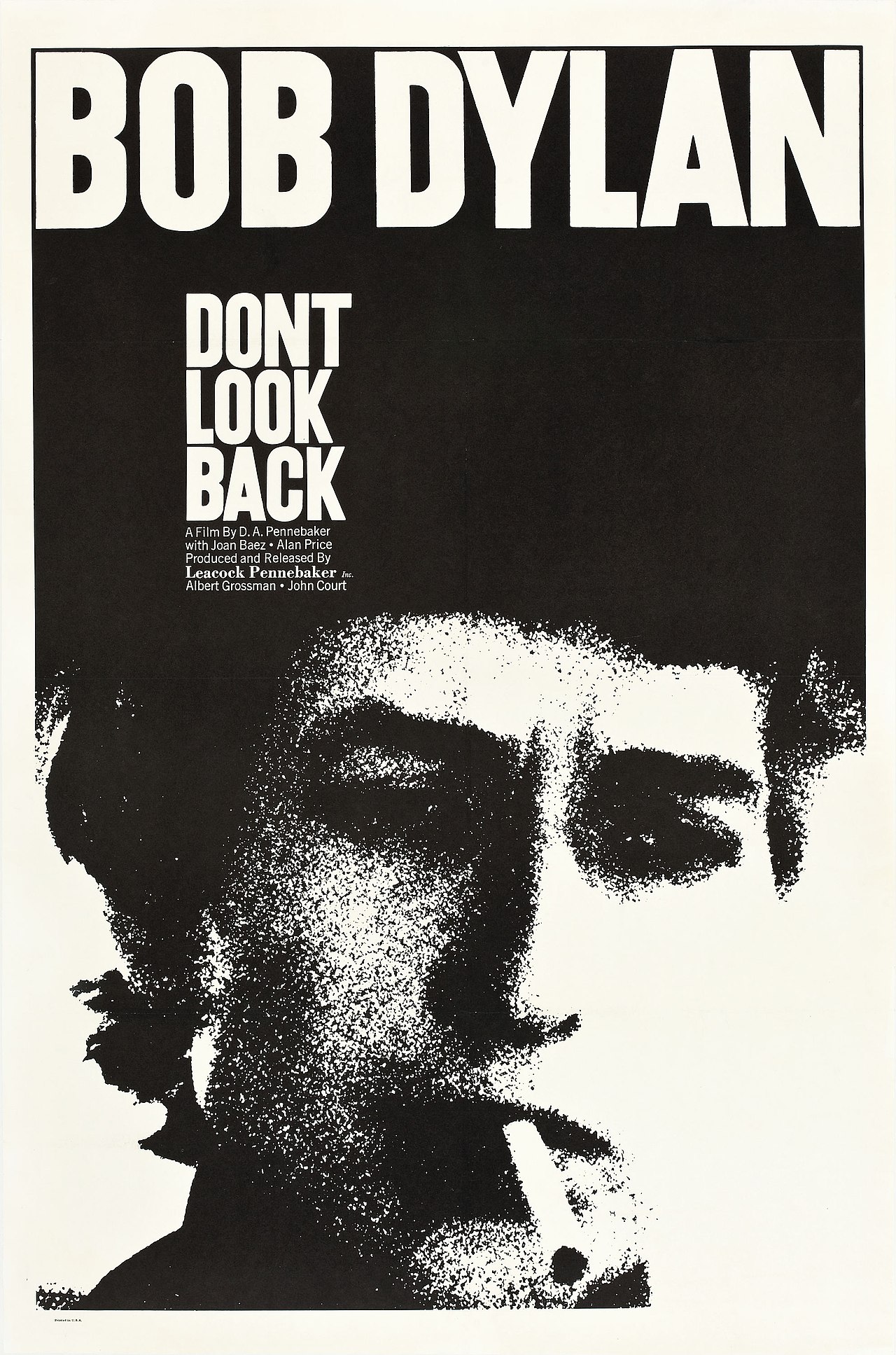The legendary Bob Dylan (born Robert Allen Zimmerman in 1941) is an American folk/blues/country singer-songwriter and musician whose songs reflected the counterculture generation as well as social and political unrest during the 1960s.
His songs became anthems of the American civil rights and anti-war campaigns. Dylan’s inclusion of the electric instruments such as electricguitars and performing with rock bands earned him admiration from his fans and criticisms from folk purists – therefore defying the old musical conventions.
Dylan’s famous and signature songs include:
- The Times They Are A-Changin’
- Subterranean Homesick Blues
- Like A Rolling Stone
- Positively 4th Street
- Rainy Day Women #12 & 35
- Lay Lady Lay
- Knockin’ On Heaven’s Door
- Tangled Up In Blue
He has amassed 50-plus charting singles in his career. His songwriting is his greatest legacy, whose style he culled form a variety of political, social and literary influences, as well as his music that has been seen and felt by a variety of artists and in an array of musical genres. Dylan brought musical and lyrical sophistication and intellect in folk music.
The Impact and Influence of Bob Dylan
In both songwriting and music, the influence of American singer-songwriter Bob Dylan is immeasurable and inestimable. Especially during the 1960s, he was a very potent force in changing the face of music by sparking other genres as well as bravely defying the old conventions that were then associated with the music industry. Much of his most distinguished work comes from the 1960s where the introspective, confessional style of his songwriting became a big influence on the other artists and musicians that followed him, including the Beatles. His political and social-themed songs became anthems for US civil rights and anti-war movements and are now esteemed standards and classics. Dylan changed the face of folk music from the traditional style to something more with a personal, reflective approach. Even though he is now well past his prime, his legend is now completely assured.
Making a Name for Himself
For all of his big and important contributions to music, especially during the 20th century, Dylan came from a humble background. Bob Dylan was born Robert Zimmerman on May 24, 1941, in Duluth, Minnesota. Like many kids in his generation, Zimmerman was influenced by other legends such as Elvis Presley, Jerry Lee Lewis and Little Richard. As he grew up he began to form his own bands, including The Golden Chords, and also performed on his own using the pseudonym Elston Gunn. By the time Zimmerman moved to Minneapolis and entered university, folk had taken precedence in his musical interest. Zimmerman chose the name Bob Dylan as an acknowledgment to Welsh poet Dylan Thomas.
After Dylan dropped out of college, he went to New York and began performing in several local clubs, particularly in Greenwich Village. His most pivotal moments came when he regularly visited legendary folk singer-songwriter and musician Woody Guthrie at Greystone Park Psychiatric Hospital. Guthrie was then suffering from Huntington’s disease, complications of which would be the cause of his eventual death in 1967. He was a major influence on Dylan as well as the rest of the younger generation of “folk revivalists” in the 1960s.
Rising to Become a Well Known Folk Artist and Musician
One of Dylan’s performances gained a rare positive review from the New York Times, that led to signing his first recording contract with Columbia Records in October 1961. His first self-titled LP contained only two originally-written tracks; the rest were covers of folk, blues and gospel standards. Nevertheless, it demonstrated his unique musical and vocal style – this disproved the notion that one had to have a conventionally good voice to be successful in his/her singing career.
Much of Dylan’s sophomore LP The Freewheelin’ Bob Dylan (released in 1963) this time, contained songs that he wrote himself. Through this album and its songs, such as the outstanding “Blowin’ In The Wind” (which later became a hit by Peter, Paul and Mary) Dylan rose to become one of the most original folk artists at the time.
Dylan as a Key Force Behind “Protest Anthems”
His third album, The Times They Are A-Changin‘ (released in 1964) was the first album to feature all original, self-penned material. It firmly established Dylan as the prime force behind those “protest anthems,” with songs that touched on topics ranging from racism to poverty. The title track captured the spirit of the major social and political movement during the 1960s, and is also one of Dylan’s most renowned songs. As time went by, Dylan’s reputation only grew as one of the most definitive singer-songwriters in his era.
Dylan’s reputation was only enhanced when he encountered another folk singer-songwriter/musician, Joan Baez, during the early 1960s. Their affair was brief, but it benefited both of them career-wise; Baez, already a star on her own right, introduced Dylan to fans through her concerts. Dylan penned Baez’s most well-known songs, such as “It’s All Over Now Baby Blue” and “Farewell Angelina”.
Dylan had become one of the most in-demand performers, but soon became weary of his reputation as one of the voices of the protest movement. He released his fourth studio LP Another Side Of Bob Dylan which, as the title suggests, featured more thoughtful, introspective songs.
He instigated a “scandal” in 1965 through his fifth studio album Bringing It All Back Home where he introduced the use of electric guitars, something which was unheard of in the normally acoustic-based folk music. Dylan’s approach was welcomed by many of his fans, but at the same time criticized by his purist folk followers. In the summer of 1965 Dylan played an electric guitar for the first time at the Newport Folk Festival, which was met by outrage from his alienated folk fans.
His third album, The Times They Are A-Changin’ (released in 1964) was the first album to feature all original, self-penned material. It firmly established Dylan as the prime force behind those “protest anthems,” with songs that touched on topics ranging from racism to poverty. The title track captured the spirit of the major social and political movement during the 1960s, and is also one of Dylan’s most renowned songs. As time went by, Dylan’s reputation only grew as one of the most definitive singer-songwriters in his era.
Dylan’s reputation was only enhanced when he encountered another folk singer-songwriter/musician, Joan Baez, during the early 1960s. Their affair was brief, but it benefited both of them career-wise; Baez, already a star on her own right, introduced Dylan to fans through her concerts. Dylan penned Baez’s most well-known songs, such as “It’s All Over Now Baby Blue” and “Farewell Angelina”.
Dylan had become one of the most in-demand performers, but soon became weary of his reputation as one of the voices of the protest movement. He released his fourth studio LP Another Side Of Bob Dylan which, as the title suggests, featured more thoughtful, introspective songs.
He instigated a “scandal” in 1965 through his fifth studio album Bringing It All Back Home which introduced the use of electric guitars, something which was unheard of in the normally acoustic-based folk music. Dylan’s approach was welcomed by many of his fans, but at the same time criticized by his purist folk followers. In the summer of 1965 Dylan played an electric guitar for the first time at the Newport Folk Festival, which was met by outrage from his alienated folk fans.
But this didn’t prevent him becoming his most creative and innovative. The following albums, Highway 61 Revisited and Blonde On Blonde and songs such as “Like A Rolling Stone” represented his reinvention as a folk-rock artist. This also marked his emergence as a folk artist who wasn’t afraid to break new musical grounds. And his celebrated manner of bringing literature into music was something that he alone could accomplish.
Amid mounting pressures brought about by his fame, Dylan figured on a near-fatal motorcycle accident in July 1966. After the accident happened, Dylan became much of a recluse and would not tour for the next eight years, apart from a smattering of appearances.
Later Career, Conversion to Christianity, and Other Artistic Pursuits
Over the following years Dylan still kept himself busy and continued reinventing his music. He committed a few misfires – including his two-record LP Self Portrait and his book “Tarantula” (which was first published in 1966 but only managed to be published in low quantities as Dylan encountered his motorcycle accident; it was officially published five years later). Dylan had settled into a more mellow side, as evidenced by his albums John Wesley Harding and Nashville Skyline which showed a more country feel. He also appeared in the Sam Peckinpah-directed motion picture Pat Garrett and Billy the Kid, where he also wrote the song “Knockin’ On Heaven’s Door,” which has now become one of Dylan’s now-classic tunes.
Born Jewish, Dylan converted to Christianity in 1979, and declared himself a born-again Christian. His new-found spirituality led him to record a gospel album titled Slow Train Coming which featured the track “Gotta Serve Somebody.” His efforts led him to his first Grammy win that year. However, his much-publicized embracing of Christianity met with lukewarm to critical response from his fans and fellow musicians.
Dylan continued to tour and record throughout the 1980s, with his efforts including Biograph (a best-of release containing five discs), Knocked Out Loaded and Oh Mercy. He toured with such other luminaries as Tom Petty and The Grateful Dead, as well as joining the all-star group The Traveling Wilburys along with George Harrison, Roy Orbison, Jeff Lynne and Petty. In 1989, Dylan was inducted into the Rock and Roll Hall Of Fame and received a Lifetime Achievement Grammy two years later.
The 1990s saw Dylan returning to his old folk roots, winning a Grammy for Best Traditional Folk Album for his LP World Gone Wrong and his first-ever Album of the Year Grammy trophy for Time Out Of Mind. The folk-rock icon still continued to tour, and this culminated in a memorable performance of “Knockn’ On Heaven’s Door” for Pope John Paul II in 1997.
Dylan published the first of his three-volume autobiography “Chronicles: Volume One” in 2004. Among his other latest projects is 2006’s Modern Times, which became a top album seller; and in 2010 he released The Witmark Demos, a bootleg album containing 47 demos recorded during the early 1960s. This was followed by Bob Dylan: The Original Mono Recordings which was released by Sony Legacy. It was a boxed set retrospective, chronicling Dylan’s first eight albums. He released his latest album, Tempest, in 2012.
Dylan is also a painter, and since the early 1990s has released several publications that featured his paintings. He has also held art exhibitions at a few galleries, including the Gagosian Gallery.
Bob Dylan – the legendary singer, songwriter and artist – influenced a lot of his contemporaries then, and will continue to influence a lot more artists in this generation.


